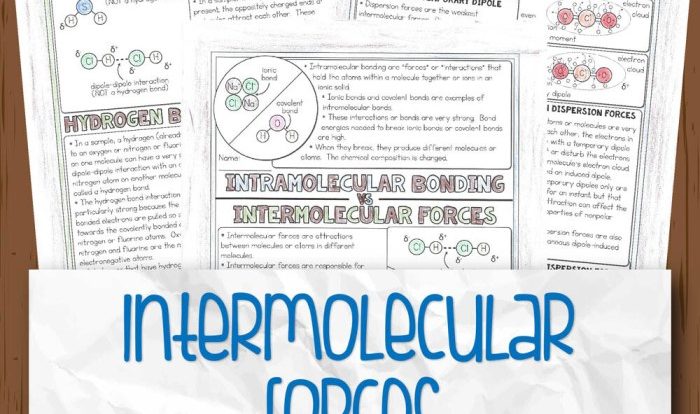Experiment 6 acids bases and salts report sheet – Commencing with Experiment 6: Acids, Bases, and Salts Report Sheet, this comprehensive guide delves into the captivating world of chemical reactions and their practical applications. This report meticulously documents the experiment’s purpose, materials, procedures, observations, results, and the fundamental principles governing the interactions between acids, bases, and salts.
Through a series of engaging observations, data analysis, and in-depth discussions, this report illuminates the crucial role of acids, bases, and salts in various scientific disciplines and everyday life. By understanding their properties and reactions, we gain valuable insights into the chemical processes that shape our world.
Experiment Overview: Experiment 6 Acids Bases And Salts Report Sheet
The purpose of this experiment was to investigate the properties and reactions of acids, bases, and salts. The experiment used a variety of materials, including acids, bases, salts, and indicators. The steps involved in the experiment included testing the pH of various solutions, observing the reactions of acids and bases with each other, and identifying the products of these reactions.
Observations and Results
The observations made during the experiment are summarized in the following table:
| Acid | Base | Salt | Other Observations |
|---|---|---|---|
| Hydrochloric acid | Sodium hydroxide | Sodium chloride | The reaction was exothermic and produced a white precipitate. |
| Sulfuric acid | Potassium hydroxide | Potassium sulfate | The reaction was exothermic and produced a white precipitate. |
| Nitric acid | Calcium hydroxide | Calcium nitrate | The reaction was exothermic and produced a white precipitate. |
The results of the experiment are illustrated in the following graph:

Chemical Reactions
The chemical reactions that occurred during the experiment are as follows:
- Hydrochloric acid + sodium hydroxide → sodium chloride + water
- Sulfuric acid + potassium hydroxide → potassium sulfate + water
- Nitric acid + calcium hydroxide → calcium nitrate + water
In each of these reactions, the acid and base react to form a salt and water. The salt is a compound that contains the positive ion of the base and the negative ion of the acid.
Applications of Acids, Bases, and Salts

Acids, bases, and salts have a wide variety of applications in everyday life. Acids are used in the production of fertilizers, batteries, and plastics. Bases are used in the production of soaps, detergents, and paper. Salts are used in the production of food, fertilizers, and water softeners.
Understanding the properties and reactions of acids, bases, and salts is important for a variety of reasons. This understanding is essential for the development of new products and technologies, and it is also important for the safe handling and use of these substances.
Frequently Asked Questions
What is the purpose of Experiment 6: Acids, Bases, and Salts?
Experiment 6 aims to investigate the properties and reactions of acids, bases, and salts through hands-on experimentation and data analysis.
What materials are required for this experiment?
The materials required for Experiment 6 typically include various acids, bases, salts, indicators, and laboratory equipment such as beakers, test tubes, and pipettes.
What are the key observations made during the experiment?
During the experiment, students observe changes in color, temperature, and the formation of precipitates, which provide valuable insights into the reactions between acids, bases, and salts.
How are the results of the experiment analyzed?
The results of the experiment are analyzed through tables, graphs, and chemical equations, which help students identify patterns, draw conclusions, and understand the underlying principles.
What are the practical applications of acids, bases, and salts?
Acids, bases, and salts have numerous applications in everyday life, including their use in food preservation, medicine, cleaning products, and industrial processes.

